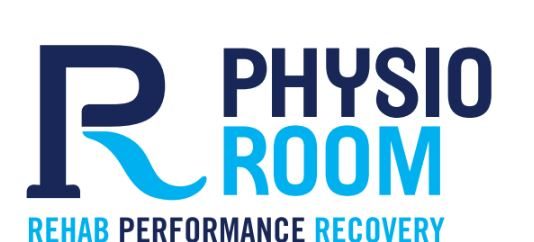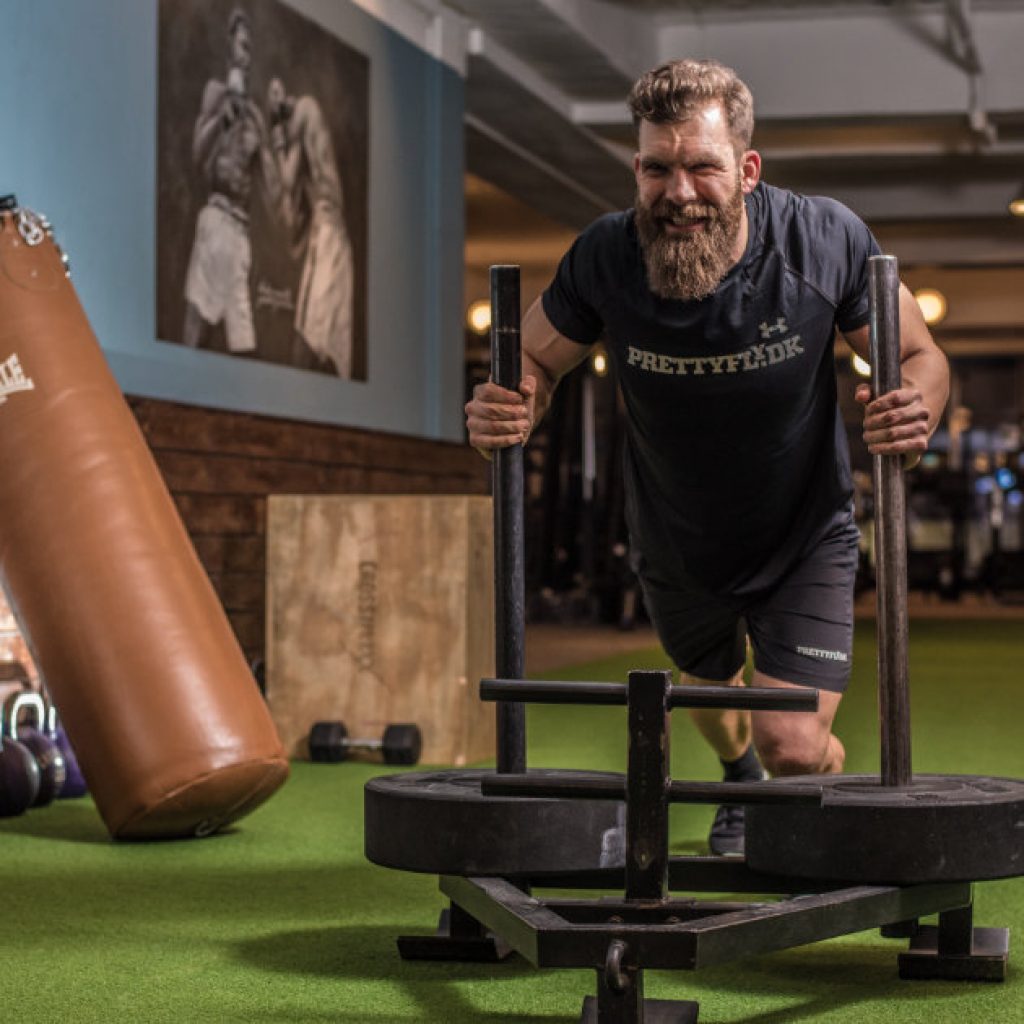Endurance Athletes: The Common Disconnect With Strength Training.
Will lifting heavy help you PR at your next race?
The goal of every good strength and conditioning coach is to enhance the physical preparedness of athletes for their sport. This kind of training is done outside of working with a technical coach, in this example – a running coach. S&C coaches have three primary goals for their endurance athletes: improve performance, improve capacity for training, and lower the risk of injury.
Myths about strength training for runners:
- Will adding heavy lifts to my training program cause more soreness, and affect my ability to complete longer runs? No. An effective S&C program will focus on intensity over volume through selecting exercises that are pertinent to improving strength and coordination of movements that are specific to runners. There will not be a lot of time wasted on “junk volume,” and adequate recovery time will be built into the program.
- Will lifting heavy add unwanted muscle bulk that will slow me down? No. A well designed S&C program for endurance runners would focus on power production, strength, and functional exercises to improve performance without increasing bulk.
How does strength and conditioning benefit running performance? S&C programs are designed to cause several adaptations to the neuromuscular system. They will improve your body’s ability to generate force, more effectively use elastic energy from tendons, and help you run with more efficiency which will help you run farther by preventing muscle fatigue.
All of this is to say – If you are an athlete, you should train like an athlete. Here is how you can incorporate S&C into your endurance training program:
If you want to run farther…
Plyometrics/Power: Plyometrics: 3x/week @ 50 reps per session// Power: 30-70% of 1RM performed @ high velocity for 3-5 reps per set.
Plyometrics are exercises that are used to make you more explosive in your movements – like pushing off the ground more forcefully as you’re running, and accepting the force through your tendons as you land. When you teach your body to rely on the elastic properties of tendons to repeatedly create force off the ground, your muscles will fatigue at a slower rate and you can run farther.
Power exercises should focus on lifting a lighter weight fast. Because of the focus on speed you should reduce weight to 30-70% of your 1RM and focus on patterns that include “triple extension” (more on that later). Including plyometrics and power in your training benefits your feet, achilles/calves, hips, knees, and ankles which are all common sites of injury for endurance runners.
If you want to run faster…
Strength training: 2-3x/week @ 80% or more of your 1RM for 3-6 reps/set
Strength is required for muscle groups to produce force during coordinated movements. If you want to run faster, you need to be able to produce a high level of force rapidly. Running speed is directly related to the amount of force your body is able to produce against the ground. Also, it is no surprise that runners tend to suffer from common overuse injuries, known as tendinopathies. These occur due to the high volume and repetitive loading on the body (joints and lower limbs in particular for runners). When you strength train you are strategically placing load through a muscle with the goal of increasing its tolerance to repetitive stress. Training in this way helps reduce the risk of injury.
My advice is to focus on one major lift, that you will perform heavy, per training block (4 week period). If you are training for strength you should focus on 80% or more of your 1RM for 3-6 reps/set. A heavy stimulus and fewer reps per set are required to create these adaptations.
If you want to focus on running mechanics to make your body more resilient…
Dynamic warm up/functional exercises: 3x/week @ 15-30 minute sessions. These can be performed after a short duration/high intensity training run.
As discussed above, we want to focus on selecting exercises specifically for runners so we don’t waste time/effort on “junk volume.” For runners, a dynamic warm up should include hip mobility, single leg stability, hamstring activation, calf strength, and trunk control. Strength that you acquire in the gym does not always translate to activity unless you train it to do so. We want to make sure the strength you are acquiring from heavy lifting can be used to express force well during running.
So for endurance runners it is important to choose exercises that will develop force to improve running and should involve the lower body producing “triple extension,” which is the action of the ankles, knees, and hips straightening in a coordinated pattern. Think of jumping straight up to create this movement. This type of training allows your body to accelerate at a high level of force similar to a running stride.
In conclusion…
No one falls in love with strength training by doing bridges or core work. Lifting heavy, training for powerful movements, and teaching our bodies to absorb and use high forces is vital to causing adaptations that will benefit your running performance. So will lifting heavy help you PR? If you follow a well designed S&C program, progressively increase your lifts, and provide plenty of recovery time… then yes, it will.
P.S. Don’t forget to check out the Runner’s Checklist for a complete guide to running.

Sources: “Strength and Conditioning for Endurance Runners,” (Blagrove)



Comments are closed